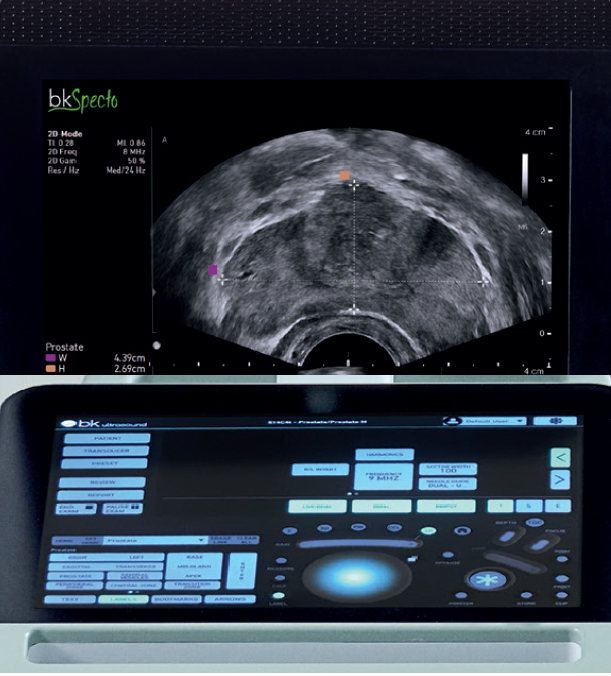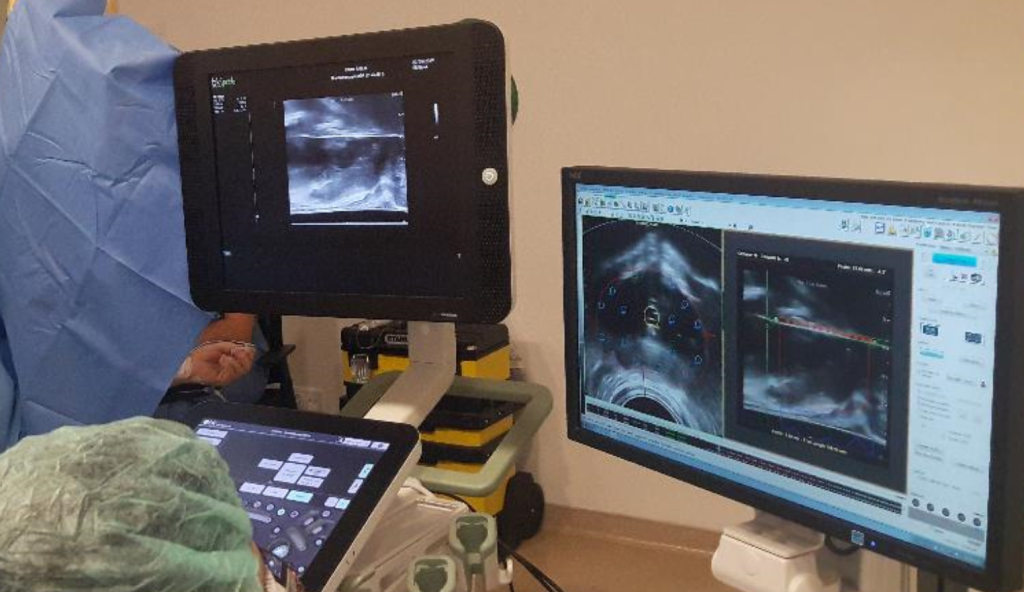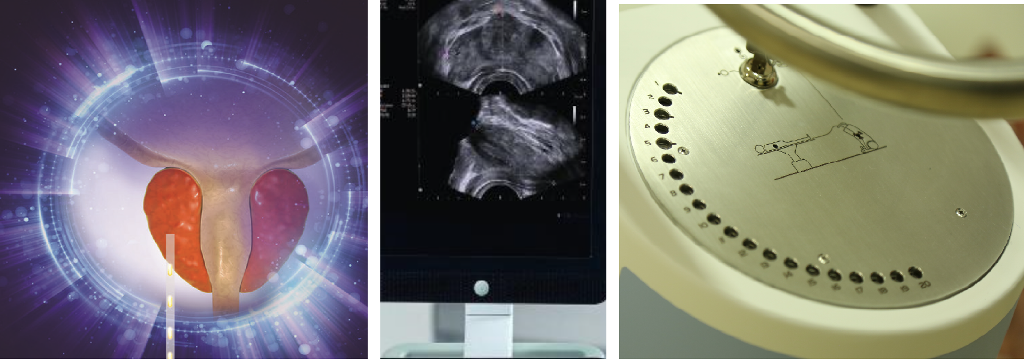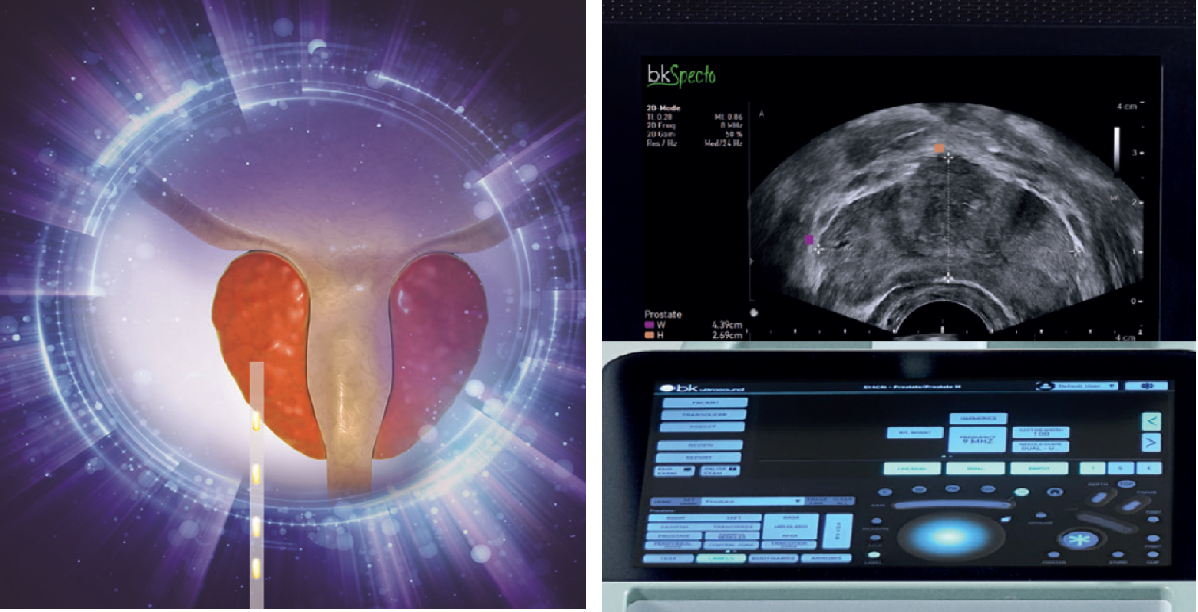
4 Dimensional prostate brachytherapy
Brachytherapy, one of the most important weapons of radiation oncology, can also be used in the treatment of prostate cancer. Radiotherapy, which is used in the organ-limited stages of prostate cancer, is becoming more effective with the addition of brachytherapy to selected patients. Like external beam radiotherapy, the tumor is effectively destroyed with minimal side effects

4 dimensional prostate brachytherapy
Prostate brachytherapy can be performed with real-time transrectal ultrasound-guided HDR (high dose rate) in prostate cancer patients. Brachytherapy may be used in addition to IG-IMRT, an external irradiation method, especially in selected patients who are suitable for this treatment.

What is 4 dimensional image guided high dose prostate brachytherapy ?
The 4-dimensional prostate brachytherapy method is performed by transrectal ultrasound guided plastic needles inserted into the prostate tissue from the skin. Since the entire procedure is performed with simultaneous prostate high-resolution ultrasound guidance, it provides a highly effective treatment plan and the ability to perform this treatment with high accuracy. In the light of real-time images of the prostate and other normal tissues, the most effective and least side-effect treatment plan is made and applied. Approximately 2 hours under general or spinal anesthesia, the procedure ends with removal of the inserted needles. The patient is then invited for external irradiation or second prostate brachytherapy to begin one week later.

What are the advantages of the prostate brachytherapy?
Total radiotherapy time is shortened.
Treatment efficiency increases.
The duration of hormone therapy can be shortened.
Damage to surrounding organs and tissues is reduced.
Lesser side effects seen.
The incidence of urinary incontinence / urinary stenosis is low.
It is usually performed in a single session and the risk of bleeding is negligible.

Who is fit for prostate brachytherapy?
Prostate cancer patients with moderate and high-risk prostate cancer, brachytherapy could be added to external radiotherapy (IG-IMRT).
As focal radiotherapy in patients with recurrence who had previously received prostate radiotherapy.
It can be used alone in low-risk patients who are unsuitable for the operation.

